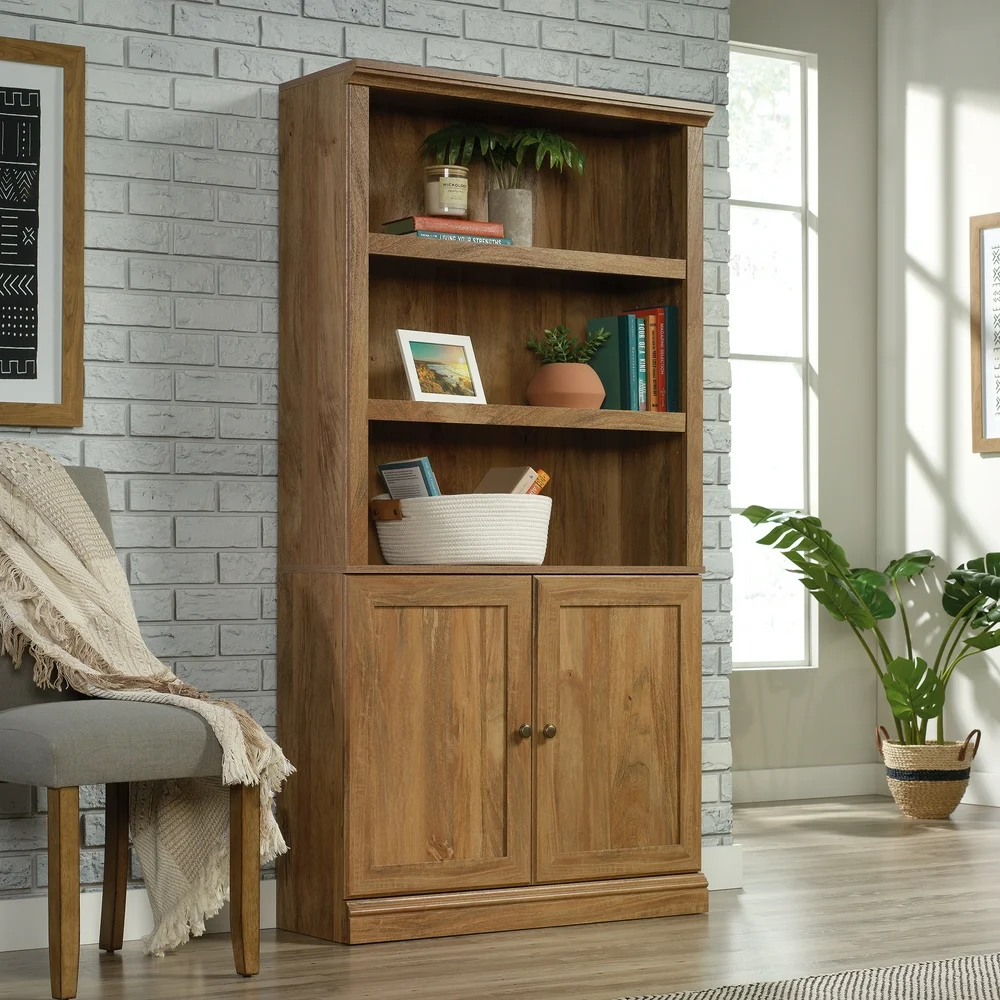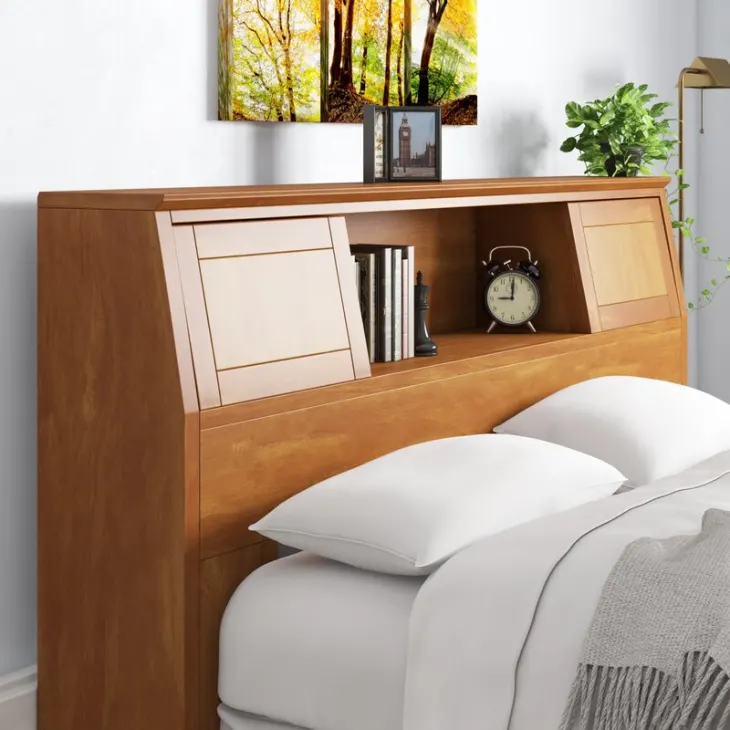 Introduction:
Introduction:
A beach chair(silla de playa) is an essential item for enjoying a comfortable and relaxing time at the beach. It provides a convenient seating option that allows beachgoers to unwind, sunbathe, or read a book while soaking up the sun. In this comprehensive guide, we will explore the materials used in beach chairs, the different types available, and essential maintenance tips to keep them in good condition.
 Materials Used in Beach Chairs
Materials Used in Beach Chairs
Beach chairs are made from a variety of materials that offer durability and resistance to the elements.
A. Aluminum: Beach chairs with aluminum frames are lightweight, rust-resistant, and sturdy.
B. Steel: Steel-framed beach chairs are durable and offer higher weight capacities, but they are heavier compared to aluminum.
C. Plastic: Some beach chairs feature plastic frames, which are lightweight, easy to clean, and resistant to corrosion.
D. Fabric: The seating area and backrest of beach chairs are commonly made from breathable and water-resistant fabrics such as polyester or nylon.
Types of Beach Chairs
There are different types of beach chairs, each designed to cater to specific preferences and needs.
A. Folding Beach Chairs: These chairs are designed to fold compactly for easy storage and transportation.
B. Backpack Beach Chairs: Backpack beach chairs have built-in shoulder straps, allowing users to carry them like a backpack, leaving hands free for other items.
C. Lounge Chairs: Lounge beach chairs offer adjustable reclining positions, allowing users to lie back comfortably for ultimate relaxation.
Maintenance Tips for Beach Chairs
Proper maintenance can prolong the lifespan of beach chairs and ensure they remain in good condition.
A. Cleaning: After each beach outing, clean the beach chair with warm soapy water and a soft brush to remove dirt, sand, and residue.
B. Drying: Allow the beach chair to fully dry before folding and storing to prevent mold or mildew buildup.
C. Storage: Store beach chairs in a dry and well-ventilated area to avoid moisture damage. If possible, use a storage bag or cover to protect them from dust and potential scratches.
D. Check for Wear and Tear: Regularly inspect your beach chair for any signs of wear and tear, such as loose screws or frayed fabric. Make necessary repairs or replace parts as needed.
 Additional Maintenance Considerations
Additional Maintenance Considerations
There are specific maintenance considerations for different types of beach chairs.
A. Aluminum and Steel Frames: Inspect the frames regularly for signs of rust. Use a rust remover and touch-up paint to address any rust spots or scratches to prevent further corrosion.
B. Fabric Cleaning: Follow the manufacturer’s instructions for cleaning the fabric on your beach chair. Some fabrics may be machine washable, while others require spot cleaning only.
C. Straps and Fasteners: Check the straps and fasteners on backpack-style beach chairs for any signs of wear or damage. Replace them if necessary to ensure proper functionality and safety.
Beach Chair Accessories
Certain accessories can enhance the convenience and comfort of beach chairs.
A. Cup Holders: Some beach chairs feature built-in cup holders, allowing users to keep their beverages within easy reach.
B. Canopies or Umbrellas: Beach chairs with attached canopies or umbrellas provide shade and protection from the sun’s rays.
 Deal with mold on a beach chair:
Deal with mold on a beach chair:
To deal with mold on a beach chair, follow these steps:
Start by cleaning the affected area. Use a brush or cloth to remove any visible mold or mildew from the chair’s surface.
Mix a solution of warm water and detergent or mild soap. Use a scrub brush or sponge to scrub the moldy area thoroughly.
Rinse the chair with clean water to remove any soap residue.
To further kill and prevent mold growth, mix a solution of water and vinegar or bleach. Apply this solution to the chair, paying extra attention to the previously affected area.
Allow the chair to air dry completely in a well-ventilated area. It is essential to ensure the chair is thoroughly dry to prevent further mold growth.
If the mold persists or is deeply embedded, consider using a commercial mold and mildew cleaner or consulting a professional for assistance.
Remember to wear protective gloves and ensure good ventilation when dealing with mold or using cleaning solutions. Regular cleaning and proper storage of your beach chair can help prevent mold growth in the future.
Rocking Chair, Beach Chair, and Swing Chair:
Rocking Chair, Beach Chair, and Swing Chair are three different types of chairs, each with its own distinct features and purposes. Here’s a comparison between them:
Rocking Chair:
A rocking chair is designed with curved legs that allow it to rock back and forth in a soothing motion. It typically has a high backrest and armrests, providing support and comfort. Rocking chairs are commonly used indoors, such as in living rooms or nurseries, for relaxation, reading, or soothing babies to sleep.
Beach Chair:
A beach chair is specifically designed for outdoor use, particularly on sandy beaches. It is lightweight, foldable, and portable, making it easy to carry and transport. Beach chairs often have a low-profile design, allowing users to comfortably lounge and soak up the sun. They may feature weather-resistant materials and adjustable features like reclining backrests or removable canopies for added sun protection.
Swing Chair:
A swing chair, also known as a hanging chair or hammock chair, is suspended from a frame, ceiling, or tree branch. It features a suspended seat that can swing back and forth or in a gentle rocking motion. Swing chairs are popular for leisure and relaxation in both indoor and outdoor spaces. They may be made of various materials, including rattan, rope, or fabric, and can accommodate one or more occupants.
In summary, a rocking chair provides a rocking motion indoors for relaxation and comfort. A beach chair is designed for outdoor use on beaches, offering portability and sunbathing comfort. A swing chair allows for a suspended swinging or rocking motion, providing a unique leisure experience indoors or outdoors. Each chair type serves a specific purpose and offers distinct features for different settings and activities.
 Conclusion
Conclusion
A beach chair is an essential item for beachgoers, offering comfort and convenience for a day in the sun. Understanding the different materials used in beach chairs, the various types available, and proper maintenance techniques will help you select the right chair for your needs and ensure its longevity. Regular cleaning, drying, and inspection are key to keeping beach chairs in good condition. Remember to check for wear and tear, address any issues promptly, and store them properly when not in use. By following these guidelines, you can enjoy many seaside adventures with your beach chair by your side.


